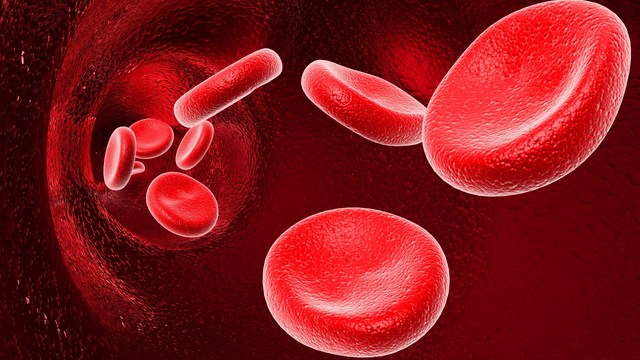Home Birth
Prior to medical advances during the early part of the 1900s, home birth was the standard method of childbirth. Modern women have explored the option of giving birth at home under the supervision of a trained midwife or nurse midwife. The benefits of home birth appeal to women who want to avoid an episiotomy, epidural anesthesia and other surgical or medical intervention. Home birth allows a woman to remain in her familiar surroundings, be surrounded by loved ones and to move freely, change positions and eat or drink during labor. Home birth is not an option for a woman with diabetes, chronic hypertension, toxemia or preeclampsia, someone who has experienced preterm labor in the past or is at risk for preterm labor now. The success of a home birth depends on a strong support system during labor, delivery and immediately afterward. Possible complications that warrant transfer to a hospital include premature rupture of the membranes, high blood pressure, fetal distress, hemorrhage and cord prolapse. Maternal exhaustion and no progress in labor are additional reasons to transfer to a hospital for delivery.
Photo: Getty Images













Add a CommentComments
There are no comments yet. Be the first one and get the conversation started!